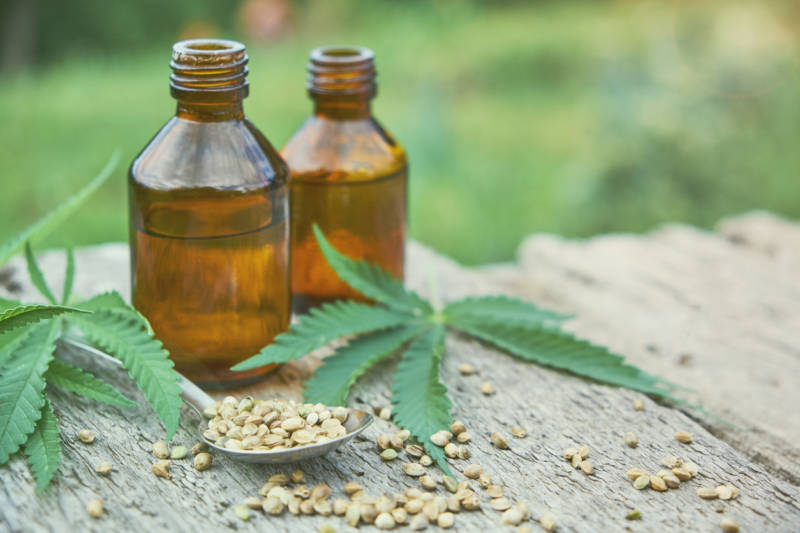Most Americans say they’re interested in using pot products to relieve pain, but they may underestimate the risks. A new online survey from the American Society of Anesthesiologists (ASA) suggests that many people hold false ideas about marijuana and pain management.
Of the more than 1,000 adults aged 18 and older, more than two-thirds have tried – or are open to – either of the primary components in the marijuana plant, cannabidiol (CBD) or terahydrocannabinol (THC) to relieve pain. Of these respondents, three-quarters believe these chemicals are safer than opioids or other pain medications. That worries Dr. Christopher Abrecht, a UCSF anesthesiologist.
“I tell patients, ‘Know that if you take this [CBD], it is unknown what is going to happen as a result,'” he says. “It may be something that we discover in a few years is superbly helpful, or we may discover that it triggers schizophrenia for certain people or age groups.”
No Safety Testing
The U.S. Food and Drug Administration does not regulate marijuana compounds because the drug is still federally illegal – a surprise to many consumers. Forty percent of survey respondents falsely believe there’s routine safety testing for marijuana products sold at supermarkets, health food stores and dispensaries. The only exception is one pharmaceutical form of CBD the FDA approved last year for epilepsy patients.

